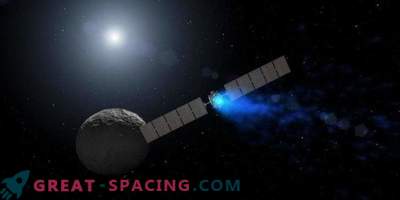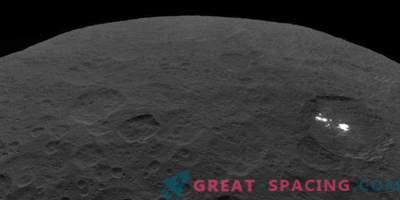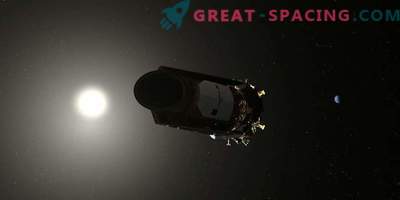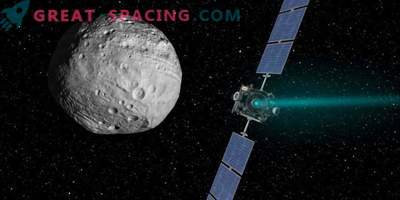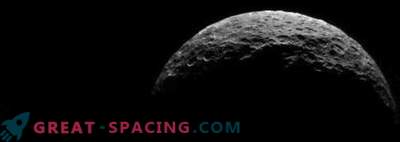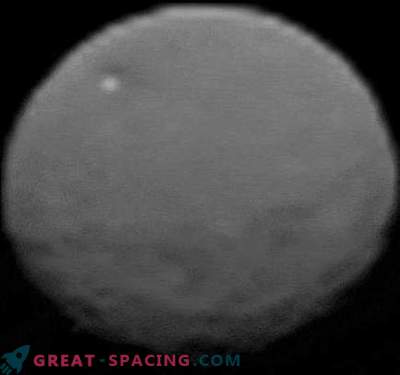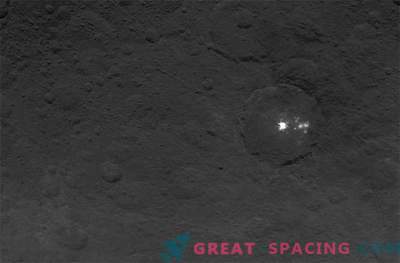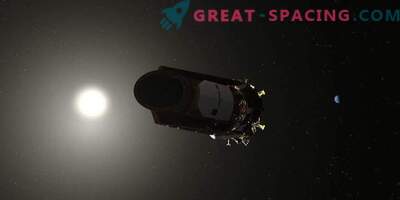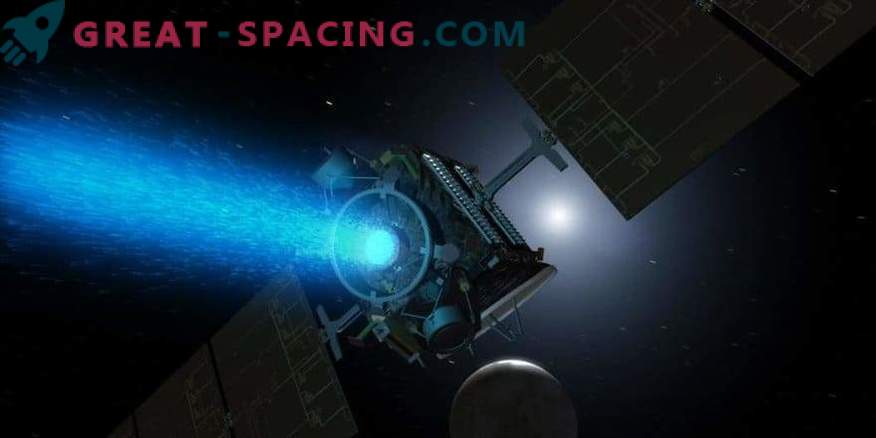
Artistic vision of NASA Dawn spacecraft with its characteristic ionic motion
Two completely different NASA spacecraft use the latest fuel supplies. We are talking about the Kepler telescope, which for 9 years explored deep space (thousands of exoplanets were found), and the Dawn ship - for 11 years studied two large objects of the asteroid belt (West and Ceres). Unfortunately, both missions faced the problem of lack of fuel. This is really a big omission for the scientific world, as the devices received important data for understanding the solar system and objects outside of it.
Dawn created in 2007 to send into orbit between Mars and Jupiter. From 2011-2012 He closely studied the asteroid Vesta, after which he performed a gravitational maneuver and went to the dwarf planet Ceres, for which he had been observing for more than 3.5 years. Dawn will remain stable in Ceres orbit for decades. With its help, we managed to find organic matter on a dwarf planet and prove that these objects are able to have oceans during a significant part of history.
Kepler started in 2009 and presented the statistics that there is at least one planet near each star. This greatly expanded the possibilities of finding life beyond Earth, because now there are more than 2600 on the list of known worlds. Among them there are rocky planets of terrestrial size, located in the zone where native stars live. That is, liquid water may be on their surface.
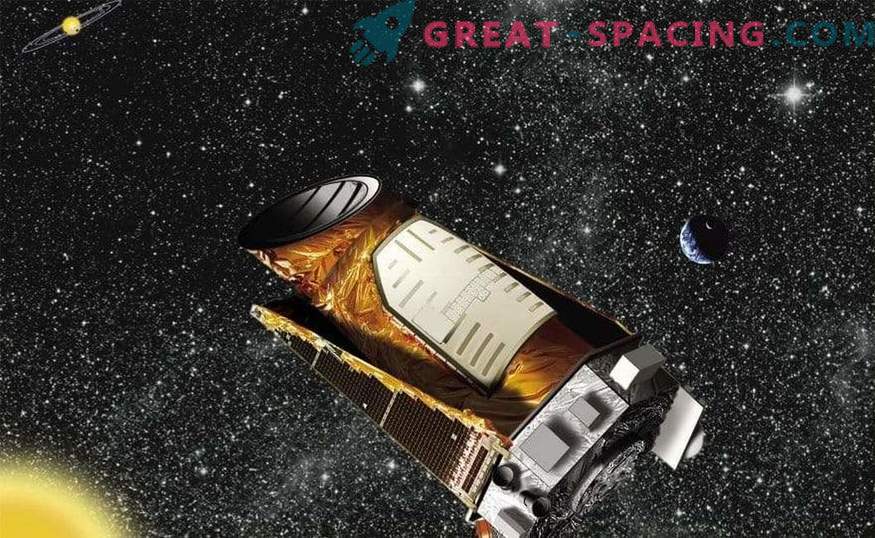
The artistic vision of the NASA Kepler spacecraft
Both missions were extended compared with the expected duration of operation (2016 for Dawn and 2017 for Ceres). An extension for Ceres was performed to study the surface of a dwarf planet from a height of 35 km. This will allow to learn more about its evolution and geological activity.
Kepler completed the main mission in 2012 and was confronted with a gyroscope problem. In 2013, the problem was solved and the project was launched in the form of K2. Since then, the device receives data from 19 celestial areas, studying populations of stars, galaxies and objects of the solar system.
Both missions provided valuable information for scientists. Dawn showed that Ceres is still able to remain geologically active with a high concentration of water and salt deposits on the surface. Kepler showed the prevalence of planets in the galaxy and increased the possibility of detecting alien life.

